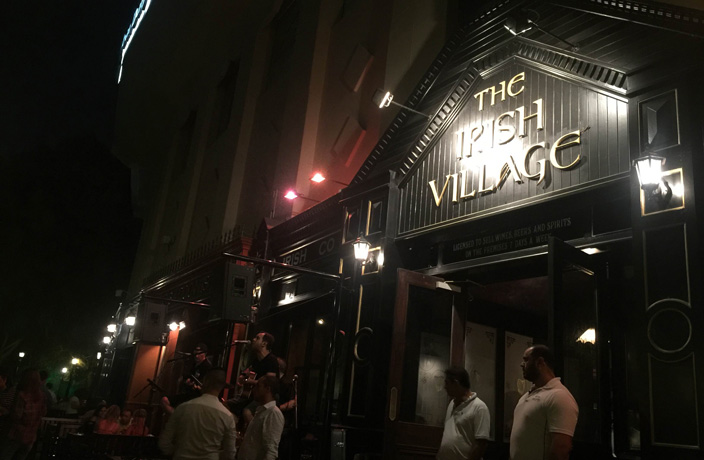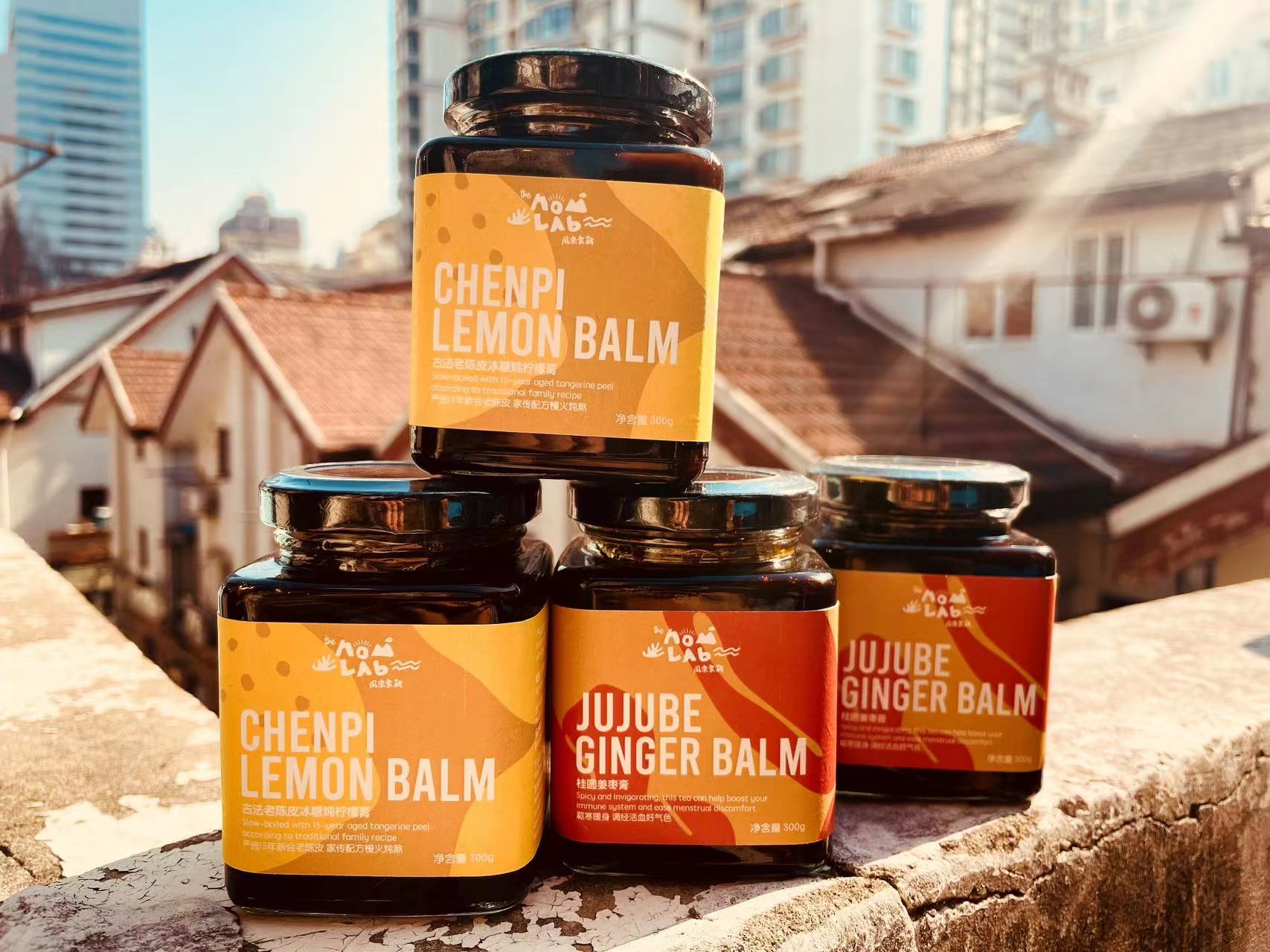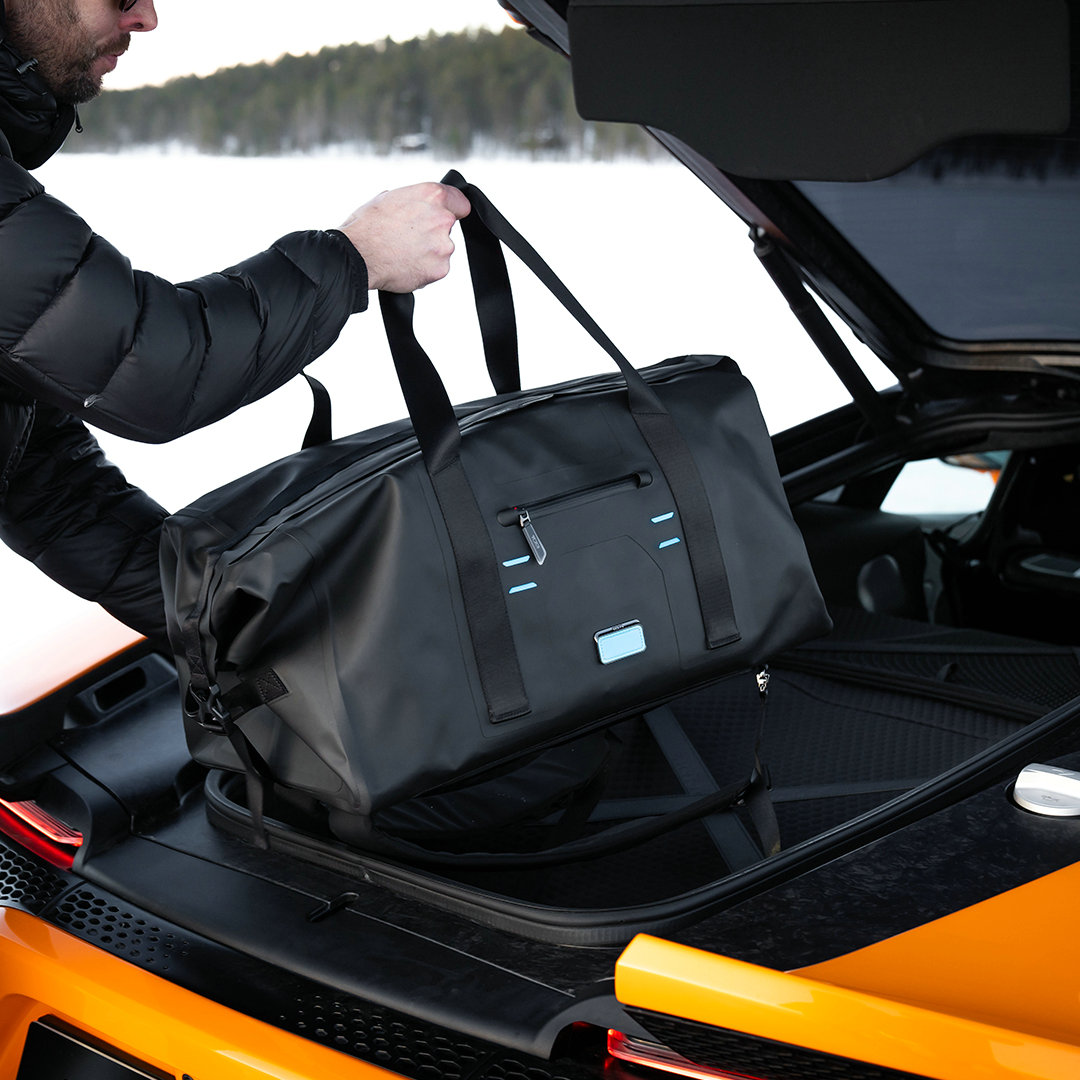Dubai: the world’s newest and grandest embodiment of excess. An excess that can be seen in the record-breaking skyline, the glitzy shopping malls, the deluge of luxury vehicles on the streets, the massive diamonds worn on the hands of local women, the man-made Palm Islands and, of course, hotels like the Burj al Arab, which holds the world’s only 7-star rating.
Budget travelers shouldn’t stay long, as Dubai is not cheap by any standard. Those who like to indulge in the finer things in life, however, may be keen on a longer stay. Regardless, backpackers and business executives alike have something to gain from at least a short visit to this ostentatious yet pious city. It’s a layover city well worth a look!
Old and New
What makes Dubai so fascinating is not just its futuristic luxury. It’s that this city, which is ultra-modern in so many ways, exists in parallel with a society that is among the most conservative on earth. The religious conservatism of Saudi Arabia mixed with the modern consumerism of Hong Kong makes for an odd combination in Dubai.
To be fair, the UAE is by no means Saudi Arabia, but it is still in the heart of the Arab world. For example, women here can drive and even choose whether or not they will wear Islamic headdress, but Arab conservatism is still ubiquitous.
The niqab, which covers the whole face, is optional in Dubai. Even the hijab, which only covers the hair, is optional. But despite the legal freedoms, cultural conservatism still persists, and niqabs can be seen everywhere. This creates quite a sharp contrast when strolling through a Dubai mall; some girls are risqué even by Western standards while many are still covered in black head-to-toe.

Antiquated gender attitudes may be visibly apparent, but the good news for girls in this traditional country is that they and the boys are both at least being exposed to more liberal attitudes, not just in shopping malls, but sometimes even at school.
During a Model United Nations seminar, attended by the author of this post, the niqab ban in France was brought up by a group of eighth grade boys. A female Arab Muslim teacher vigorously defended the ban and even went as far as to say that it should also be banned in the UAE on the grounds that it robs women of their identity, inhibits non-verbal communication, makes it easier for criminals to disguise themselves and is not actually part of Islam.
The society is changing and future generations of girls will likely enjoy more liberties. But for now, the process is still underway and the mixture of the old and new is still visibly clear, especially in the city’s numerous shopping malls.
Luxury
Along with being great places for people watching, the malls themselves are grand sites to behold. The Mall of the Emirates is equipped with a ski slope, which is not the easiest thing to come across in this part of the world.
The Dubai Mall, being the world’s largest, is even more impressive. At the center there is a giant aquarium home to 33,000 inhabitants of 85 different species. If it’s too hot outside in the desert, you can easily spend a day in here, whether you’re looking at fish, skating on the ice rink, or visiting one of the 1,200 stores, including the world’s largest candy store.

If all this isn’t extravagant enough, just step outside and look at the Burj Khalifa. Standing at 828 meters, the building is by far the tallest structure in the world. Situated in the middle of the skyline, it is a great navigation tool as it can be seen from across this sprawling city. Upon returning to Guangzhou from a trip to Dubai, the Canton Tower (once the world’s tallest structure) seems puny in comparison.
While gazing at the tower, the spectacular Dubai Fountain, the world’s largest choreographed fountain show, can be seen in the foreground.
The area around the Dubai Mall is also good for car enthusiasts to see expensive models rarely seen anywhere else. The colors may not be so interesting, as most vehicles are either white or a light grey due to the elements, namely sand and sun.
What is most interesting about a car in Dubai is actually the license plate; the lower the number, the higher the person’s rank in society. So be especially careful and avoid jaywalking around the double digits.
A trip to the Dubai Mall may indeed be the best way to view the highest levels of material excess the world has to offer, but when that all closes for the evening you can experience a different kind of excess.
Nightlife
Alcohol laws can be strict in Dubai. Purchasing from a liquor store requires a license. So on a short trip, saving a little money by drinking in the hotel room requires stocking up at the airport duty free upon arrival. Nevertheless, the fact that alcohol is tightly regulated doesn’t mean there is no nightlife. One American, who has resided in the city for several years, described Dubai’s debauchery as “Las Vegas on steroids.”
While both are gaudy cities in the middle of the desert, this comparison may be a bit of a stretch, as alcohol is mostly restricted to hotels in Dubai. There are a few outdoor exceptions such as the Irish Village, an expat watering hole with a vast outdoor seating and stage area, and Nasimi Beach, where there are open-air parties. These sorts of options are limited, but there are plenty of hotels littered across the city. Most of them have bars and many have bouncing nightclubs filled with beautiful women from all over the world. Don’t expect many locals here though, as it’s illegal for them to drink.

Dubai has a solid nightlife scene within its hotels, but the laws outside are still strict, which means there is really no street drinking – a key feature of cities with more vibrant night scenes. Las Vegas is famously lenient on this issue and since Dubai isn't exactly famous for its casinos, “Vegas on steroids” was likely referring to prostitution.
Prostitution in Dubai thrives off men, from the more conservative regions surrounding the UAE, in pursuit of their more sinful desires. Though Dubai is still an ostensibly conservative society, it has turned a blind eye to this haram for the sake of building and maintaining its status as an attractive global hub.
The seedier side of Dubai, aside from the hotels, can be found in Deira District, on Rigga Street, where it’s said that ladies of the night come from around the world to work the streets dressed in traditional Islamic garb – wearing nothing underneath.
Void in Character
Rigga Street, located in one of Dubai’s grittier districts, may be alive at night, but street life is noticeably absent from most of the city. It’s not just the ban on public drinking. Scorching heat and a sprawling urban layout also serve to keep Dubai residents indoors.
Why should people walk in such heat, especially in a city that is quite spread out? The transportation system is more than adequate, with a fleet of taxis, developed highways and a metro (but guys, be sure to stay out of the ‘ladies only’ cars). The city has developed to a point where people need not spend too much time away from the comforts of an air conditioner. The consequence, however, is that the streets of Dubai lack that certain pulse present in many major cities.
This lack of energy is exacerbated by the mundane architecture. Certain buildings are no doubt modern marvels to behold, but most of this newly constructed city just feels plastic. Dubai thus seems void of character.
This may not be surprising to those familiar with the country’s history and its current demographics. The UAE was founded just 46 years ago. It then became very rich very quickly with its immense energy resources. Today, less than 17 percent of the population is local Emirati. The oil wealth has been used to import outsiders to both design and build modern cities in what was once a sparsely populated desert on the Arabian Peninsula.
The global, rather than local, nature of the UAE is perhaps best symbolized two hours from Dubai at the Sheikh Zayed Mosque in the capital city, Abu Dhabi. One might expect modern engineering giants like the Burj Khalifa or Burj al Arab to be built by foreigners, but one would imagine that a cultural relic like the Sheikh Zayed Mosque would be quintessentially Emirati. However, according to Saeed al Ameri, a mosque guide, this isn’t the case.
This breathtaking mosque features an imposing 12-ton German engineered chandelier, Italian marble, Persian carpet, and British designed domes and marble flowers. Not even the country’s marquee religious symbol was locally built, or even designed.

Nevertheless, it’s worth a visit if time permits. But ladies, remember to dress modestly. Don’t wear white, tight pants, shorts, or show shoulders, otherwise they’ll give you a thick black cloak to wear in the smoldering heat.
Saeed brought up the heat when he was explaining the local attire. Men wear white because they not only like to stand out, but because it’s much more comfortable in the heat, he said. However, for the women, who wear black, “their faith is more important than comfort.” Clearly, they’re not quite as keen on borrowing Western fashion as they are architecture.
The borrowing phenomenon can be further seen in the cuisine. As an international city, Dubai has plenty to offer in terms of food choices, but not much of it is authentic local cuisine. Food, like the architecture, is borrowed from around the world. With over half the population coming from India, there are plenty of curry options. Lebanese and Iranian are also popular. Enjoy both and some shisha at Caesars Restaurant down by the marina.
One local treat is the date. According to Saeed, Emiratis once survived on nothing but dates and water. So while they may not have much of a culinary history, their dates are superb.
Troubles Ahead
Relying on outsiders not only creates a void in character, but it has also led to a generation of over-privileged children, as they see most low level jobs being done by migrant workers, mostly from South Asia.
A trip to a Dubai school gives tu hao a whole new meaning. The iPhone wielding children are undisciplined and there isn’t much the teachers, who often come from poorer Arab countries, can do about it.
Between periods at one middle school, your correspondent witnessed firsthand as one hellion did a running power-kick through a glass door, right in front of a group of teachers, shattering it to pieces. When asked what would happen to the boy, a teacher from Palestine replied, “Sadly, nothing. He’s been in trouble before.” The next period, he was back in class.
Another teacher told a story of a boy who, after a month of misbehavior, was good for one day and was rewarded by his father with an ATV to go cruising around the desert.
(Travel tip: If you’re looking for a little desert adventure of your own, just book a tour and get picked up from the hotel. After riding over the sand dunes in a jeep that feels more like a roller coaster, enjoy some barbecue, belly dancing, or even a camel ride. There are also ladies doing traditional Henna body art, the temporary tattoos seen on the hands and feet of many women throughout the region. Relax as the sunsets over the dunes.)
Though many of the children live lavish daily lives, they shouldn’t get too comfortable. This lifestyle has been made possible by years of exorbitant oil wealth in the region. Since its peak of USD145 a barrel in 2008, the price of oil has fallen to under USD40 today.
The increase in the supply of new energy sources, from solar to shale, has sent prices tumbling. Goldman Sachs predicts that they could continue to fall to as low as USD20 a barrel. This could spell disaster for the Middle East’s city of luxury.
The Burj Khalifa, for example, uses 946,000 liters of water to help power an air conditioning system that creates the equivalent of 13,000 tons of melting ice every day. Opulent projects like this could one day prove unsustainable if falling oil prices bring a return to normalcy.
It will be interesting to see how the story unfolds as this nouveau riche city matures. The situation for females is sure to improve, albeit at its own pace. The downside is that some of the excesses that Dubai is famous for may need to be scaled back as new economic realities set in. So come get a piece of this sumptuous city while it’s still in its prime.
Top 10 Things to See and Do
4.Shopping – Dubai Mall and Mall of the Emirates
5.Dubai Aquarium and Underwater Zoo
6.Skiing
7.Fancy Hotels – Burj al Arab
8.Waterparks – Wild Wadi and Aquaventure
10.Sheikh Zayed Mosque (Abu Dhabi)






















2 User Comments